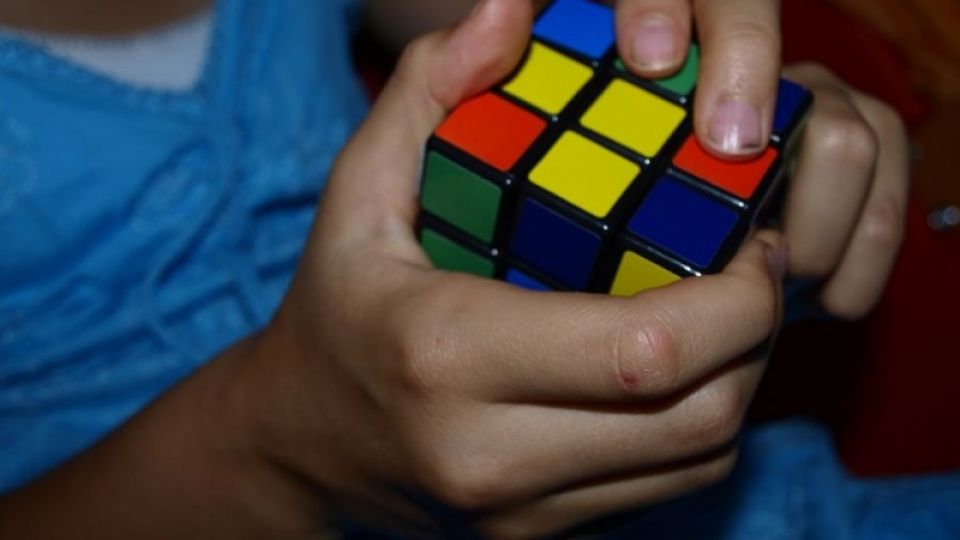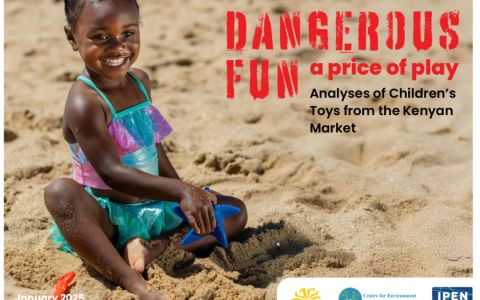Popular Rubik's Cube puzzle are hiding two brain teasers. First how to solve the teaser and what they are composed of. A new survey by the environmental organization Arnika found that cubes contain toxic flame retardants.
Popular Rubik's Cube puzzle are hiding two brain teasers. First how to solve the teaser and what they are composed of. A new survey by the environmental organization Arnika found that cubes contain toxic flame retardants. Into new products, including toys and children's products, they come from the plastic parts of electrical and electronic equipment. In all twelve samples, presence of octa or dekabromo diphenyl ethers (PBDEs explanations below), a substance adversely affecting the nervous and reproductive systems, was determined by an accredited laboratory. I tis causes due to unsystematic exemption from international, known as the Stockholm Convention (1), but also because of the shortcomings of European legislation known as REACH (2). For Czech consumers, authorities and politicians should be alarming that the samples from the Czech Republic have higher BFR content in comparison with cubes from other EU countries.¨
"The paradox is that toys with the highest concentration was finger skateboard and Rubik's Cube, both serving to develop children's motor skills and IQ. Due to the content of brominated flame retardants, however, can cause quite the contrary. Recycling alone saves resources and energy, but it can not be considered as clearly positive, if we are putting into circulation banned toxic substances. Most of Europe's e-waste is processed in developing countries - China and Africa. Toxic material that is exported to developing countries, regardless of the operating conditions of enterprises that are processing waste. The output of this behaviour is coming back to our market like a boomerang in the form of products made of black recycled plastic, "comments the expert Arnika on toxic substances in consumer products Jitka Straková.
To the processing of WEEE are involved children who separate secondary raw materials. Plastics are often burned in open fires, whereby toxic substances escaping into the environment. At best, they are processed at the recycling lines, but by using technologies that release hazardous chemicals into the working environment.
"First of chemicals is banned by the Stockholm Convention and the other awaits his ban at the next meeting. Both are very difficult to degrade in the environment and our bodies, which negatively affects the nervous system and reproduction. It ranks among endocrine disruptors, compounds disrupting hormonal balance our bodies. They are particularly dangerous for pregnant women and newborns. Unborn child and newborn baby is entirely under the control of hormones. If a substance hormone action disrupted, delayed or otherwise affect can have lasting effects on the developing brain of a child or outbreaks of serious disease in adulthood, "adds impact of toxic substances on human health Brabcová Karolina program Toxics and Waste Arnika's. Besides the PBDEs, new BFRs were revealed in the samples. Those appeared at the market only recently and their effects have not been verified yet.
The conclusions of a survey conducted by Arnika in the Czech Republic and five other EU countries (Slovak Republic, Germany, Poland, Hungary and Sweden), is being heard this week at a meeting of the expert committee of the Stockholm Convention. Apart from the results of the report, IPEN presents proposal for specific measures to prevent future recycling of toxic substances into new products.
The solution to this problem is to responsibly dispose hazardous electronic waste with the help of existing technologies that do not release other hazardous substances into the environment or the working environment or hinder recycling. Another key step is primarily to prevent the introduction of such substances into the production. Survey refers also to the practice of replacing prohibited retardants with new chemicals, whode chemical composition raises concerns due to similar effects on health and the environment as PBDEs.
"Survey of Rubik cubes on the European market Arnika conducted within the framework of its activities in the international network of NGOs IPEN (International POPs Elimination Network). IPEN, through its working group for dioxins has attempted to prevent the export of hazardous e-waste to developing countries. "We're trying to stop the introduction of toxic materials into products and their escape into the environment," says the head of the IPEN working group and chairman of Arnika Jindřich Petrlík.







